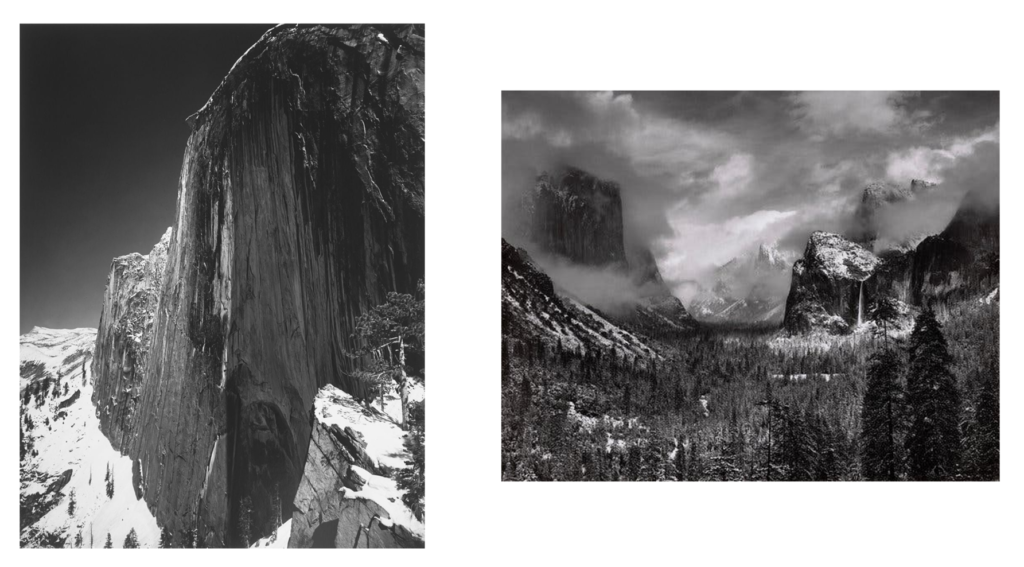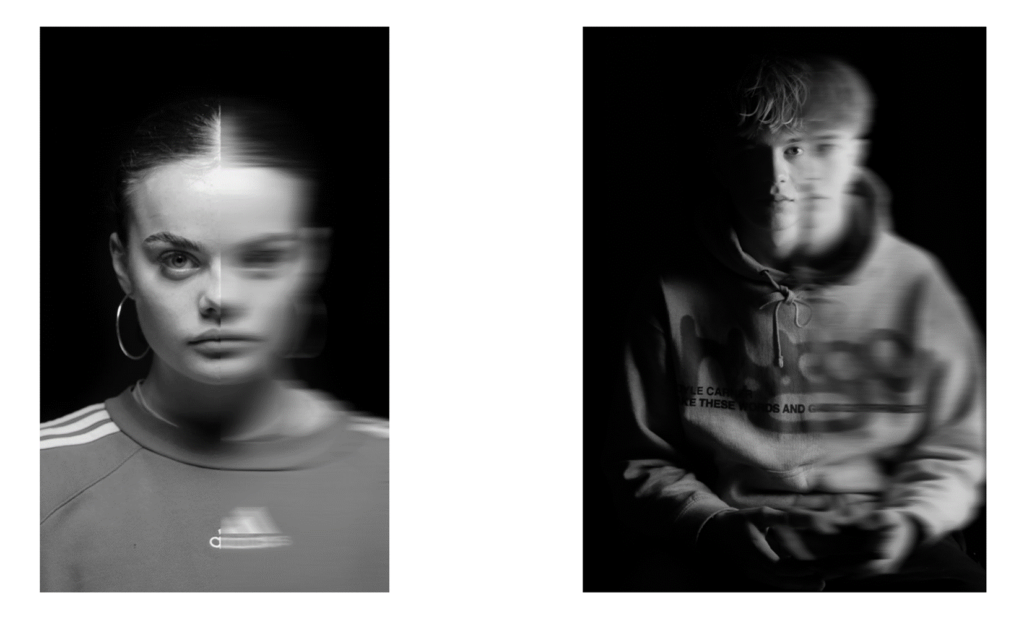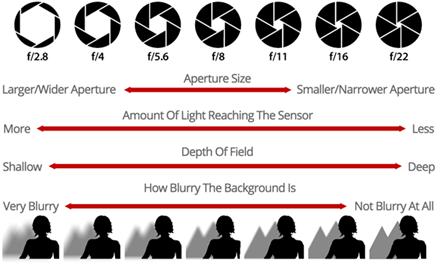This is a review and reflection on my past A level photography studies. Topics included are ones where I believe I showcased my best work.
Anthropocene
The Anthropocene Project
The Anthropocene Project is a multidisciplinary body of work by Edward Burtynsky, Jennifer Baichwal and Nicholas de Pencier, combining fine art photography, film, virtual reality, augmented reality, and scientific research to investigate human influence on the state, dynamic, and future of the Earth. The Anthropocene is an informal geologic chronological term that serves to mark the evidence and extent of human activities that have had a significant global impact on the Earth’s ecosystems.
Rut Blees Luxemberg
Inspired by the work of Rut Blees Luxemburg (born 1967), a German-born British photographer. Her technique is to take photographs at night, mostly exploring the urban landscape. She is a Tutor at the Royal College of Art. In 2020, Luxemburg was awarded an Honorary Fellowship of the Royal Photographic Society, Bristol. Her work ranges from large-scale photographic prints, through public art works and operatic mise-en-scène. She mainly photographs at night, using long exposures which allow her to use the ambient light of the city . Her poetic images are recognisable through their contemplative, considered and atmospheric tone.
I believe this project was a success as I was able to produce a series of meaningful images highlighting the excessive use of artificial lighting and its effect on the environment, similar to the objectives of the The Anthropocene Project.
Inspiration

Outcomes

Feminity vs Masculinity
The themes of ‘Feminity and Masculinity’ are a binary opposite – a pair of related terms or concepts that are opposite in meaning.
Masculinities and femininities refer to the social roles, behaviours, and meanings prescribed for men and women in any society at any time. Such normative gender ideologies must be distinguished from biological ‘sex,’ and must be understood to be plural as there is no single definition for all men and all women.
Doug Dubois
Doug DuBois is a photographer and professor at Syracuse University, known for his work that explores family dynamics, community, and the complexities of human relationships. His photographs are striking, often capturing intimate and emotional moments that reveal the depth of human experience.
Doug Dubois often explores themes of identity, masculinity, and family in his photography. In his series “All the Days and Nights,” he focuses on the relationship between a father and son, examining the complex dynamics of masculinity and power within the family structure. Through his images, he challenges traditional notions of masculinity and explores the emotional and psychological impact of societal expectations on men and boys.
Inspiration

Outcomes


Ansel Adams
American landscape photographer and environmentalist Ansel Adams is best renowned for his black-and-white photographs of the American West. In order to ensure that all tonal values are represented in the photos, he co-founded Group f/64, a group of photographers who promoted “pure” photography. This style stressed tight focus and the utilization of the entire tonal range of a shot. Ansel Adams fought for environmental preservation, the establishment of national parks, and the preservation of the power of nature and its beautiful settings via the creation of a lasting legacy.
The Zone System
This zone system was created by Ansel Adams and Fred Archer. They developed this zone system to help photographers control their black and white images. It was also designed to provide structure for determining exposure, which ensured that the photographer could create a properly exposed image each time they took a photo. It was made to put the 11 zones into order of gradient. Each zone represents all of the different tones you would see in a black and white photo.

Inspiration

Outcomes

Mediums
Photography –
Henri Cartier-Bresson
Henri Cartier-Bresson was a French photographer who is considered to be one of the fathers of photojournalism and masters of candid photography. He sought to capture the ‘everyday’ in his photographs and took great interest in recording human activity. He pioneered the genre of street photography, and viewed photography as capturing a decisive moment, which he later wrote a book about. He was influenced by Surrealism and began his career in film working with renowned French director, Jean Renoir as second assistant director. He was born on the 22nd of August, 1908 In Chanteloup-en-Brie, France and passed away on the 3rd of August, 2004 in Céreste, France.
The Decisive Moment
The Decisive Moment is a book by Henri Cartier-Bresson, a French photographer who is credited with pioneering modern photojournalism. The book is a collection of his best-known photographs, accompanied by his thoughts on photography and the creative process. The title refers to the idea that photography captures a single moment in time, and that the photographer’s job is to be in the right place at the right time to capture that moment.
Inspiration

Outcomes

Film –
Chris Marker
Chris Marker was a renowned French filmmaker, writer, and multimedia artist. He is known for his innovative and thought-provoking works, which often explored themes of memory, time, and political and social commentary. Marker’s films, such as “La Jetée” and “Sans Soleil,” pushed the boundaries of traditional filmmaking and incorporated elements of documentary, fiction, and experimental techniques. His use of voiceover narration, montage, and found footage created a unique cinematic language that captivated audiences. Marker’s contributions to the art world continue to inspire and challenge audiences to question the nature of reality and the power of images.
La Jetée
“La Jetée” is a renowned short film directed by Chris Marker. Released in 1962, it is composed almost entirely of still photographs, which creates a unique and mesmerizing visual style. Through its haunting imagery and poetic narration, “La Jetée” explores themes of memory, love, and the fragility of human existence. It has had a profound influence on experimental filmmaking and remains a captivating and thought-provoking cinematic experience. It tells of a post-nuclear was experiment in time travel by using a series of filmed photographs developed as a photomontage of varying pace, with limited narration and sound effects.
Inspiration

Outcome

Photographic skills/processes/techniques
– Film Techniques
Focus and Depth of Field
The focus is used to direct and prioritise elements in a shot and therefore prioritise certain information. For example, it will determine who the audience should look at (even if we are not listening to them). It may switch our focus (known technically as a pull focus / rack focus / follow focus) between one element and another. Elements may not be people, but could be objects, spaces, shapes or colours, which may represent an idea, theme, belief.
Shot sizes, angles and movements
- High angle / Low angle / bulls-eye / birds eye / canted angle
- Tracking / Panning / Craning / Tilting / Hand held / Steadicam
- Establishing Shot / Long Shot / Medium Shot / Close-up / Big Close-Up / Extreme Close Up
- Insert Shot
Continuity editing
Continuity editing can be seen as the opposite of montage editing as the main aim is to create a sense of realism or ‘believability’ known as verisimilitude and has it’s own structure of rules where shots are edited together at particular times or on particular shots. For example:
- match on action
- eye-line match
- graphic match
- sound bridge
- 30′ rule
- 180′ rule
Mise en scene
Mise en scene plays a huge role in communicating the tone of a story – but what is mise en scene? In classical terms, mise en scene is the arrangement of scenery and stage properties in a play or film. Today, mise en scene is regarded as all of the elements that go into any single shot of a production.
Sound
Moving image depends on sound for much of its’ meaning. It is impossible to overstate how important a role audio plays in the film viewing experience. While it’s perfectly natural to be drawn to the visual side of film making, those striking visuals don’t hold the same weight without strong cinematic sound design to back them up. Whereas a painting is purely visual and a song can be purely aural, cinema combines sight and sound for a unified experience where one bolsters and elevates the other.
What is sound design?
Sound design is how filmmakers flesh out the aural world of a film to enhance the mood, atmosphere, and/or tone. Sound design components include sound effects or SFX sound design, mixing, Foley sound design, dialogue, and music. Sound design is the final and most important element needed to create an immersive experience for the audience.
– Double/multi exposure
What is Multi Exposure?
A ‘multiple exposure’ is a type of photograph that is created by exposing the same frame of film to light more than once. Multiple exposures allow a photographer to superimpose one subject or scene over another on the same frame of a photograph. Think of the classic ghost photograph, often caused by forgetting to wind on an analogue camera between shots thus creating a ghostly multiple exposure image. Multiple exposures can also be created digitally, although this is done during post processing by overlaying multiple photography over each other. A sports sequence photograph can be seen as being another example of a multiple exposure.
Outcomes

– Lighting
Chiaroscuro Lighting

Rembrandt Lighting

Butterfly lighting

Rim Lighting

Aperture
Aperture refers to the opening of a lens diaphragm through which light passes. Photographers can manually control the aperture by switching to ‘A’ or ‘AV’ mode and then changing the f/stops using the dial on their camera It is generally written as numbers such as 1.4, 2, 2.8, 4, 5.6, 8, 11 and 16. The lower the f/stop, the bigger the hole, meaning it lets more light into the picture and it is a larger aperture. The higher the f-number, the smaller the hole, meaning less light is let into the photo and the aperture is lower.

Depth of Field

